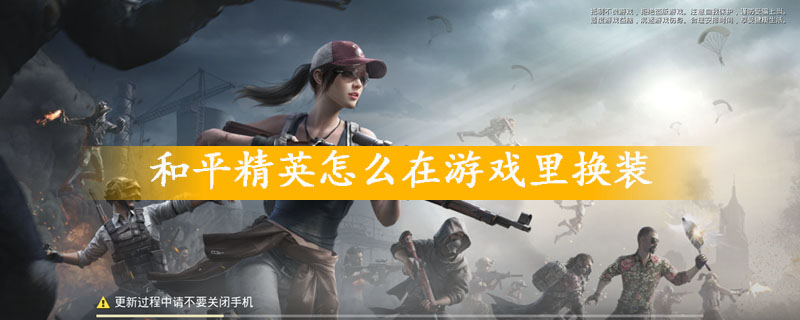news digital currency Top People also ask
Schools can also relieve pressure by integrating resources. For example, make rational use of idle space on campus and transform it into classrooms, and share some educational resources through cooperation with the community. At the same time, improve the utilization rate of educational resources, such as using digital teaching equipment to reduce dependence on traditional teaching resources.2. The change of social concept and educational conceptThird, the implementation challenges and coping strategies
Summary: Learning from the successful experience of Europe, America, Japan and South Korea and controlling the class size of primary and secondary schools and college students to 15 students has many positive strategic significance for improving the quality of teaching and training, and cultivating more all-round high-quality talents.Schools can also relieve pressure by integrating resources. For example, make rational use of idle space on campus and transform it into classrooms, and share some educational resources through cooperation with the community. At the same time, improve the utilization rate of educational resources, such as using digital teaching equipment to reduce dependence on traditional teaching resources.2. The change of social concept and educational concept
Schools can also relieve pressure by integrating resources. For example, make rational use of idle space on campus and transform it into classrooms, and share some educational resources through cooperation with the community. At the same time, improve the utilization rate of educational resources, such as using digital teaching equipment to reduce dependence on traditional teaching resources.Drawing lessons from Europe, America, Japan and South Korea: Controlling the class size of primary and secondary schools and universities to 15 students to improve the quality of teaching and training.When the class size is controlled at 15 students, teachers can know more about each student's learning situation. Teachers can provide targeted counseling for each student's weak points of knowledge. For example, in mathematics teaching, teachers may only explain the knowledge points in a large class, but in a class of 15 students, teachers can find each student's problems in algebra, geometry and other different sectors, so as to explain the problem-solving ideas in a personalized way.
Strategy guide
Strategy guide
12-13
Strategy guide 12-13
Strategy guide
Strategy guide 12-13
Strategy guide
12-13
Strategy guide 12-13
Strategy guide
12-13
Strategy guide
12-13






























